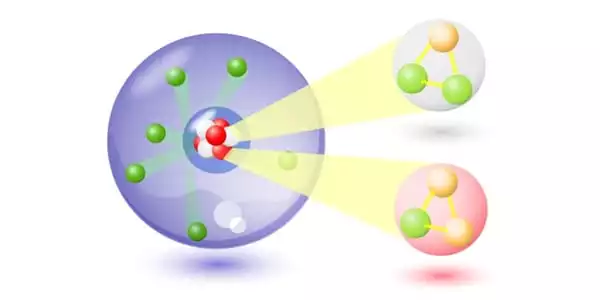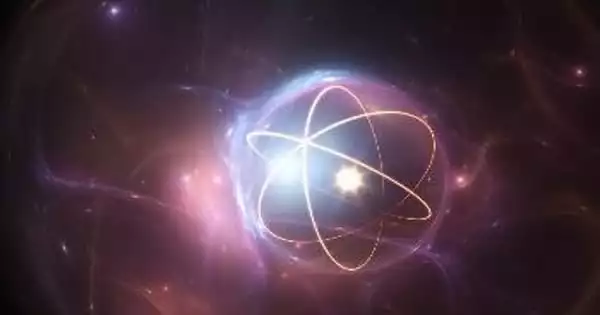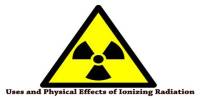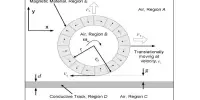Quantum computing has the potential to solve some of our planet’s most pressing problems, including those in the environment, agriculture, health, energy, climate, materials science, and others we haven’t yet encountered. Classical computing is becoming increasingly difficult to solve some of these problems as the system grows in size.
A quantum computer is a controllable quantum mechanical device that performs computations by utilizing the properties of quantum physics. Quantum computing provides exponential speedups for some computational tasks. These accelerations are made possible by three quantum mechanics phenomena: superposition, interference, and entanglement.
Researchers used a quantum computer for the first time to simulate baryons, which are fundamental quantum particles. A team of researchers led by an Institute for Quantum Computing (IQC) faculty member carried out the first-ever simulation of baryons (basic quantum particles) on a quantum computer.
This is a significant step forward because it is the first simulation of baryons on a quantum computer ever. Rather than smashing particles in an accelerator, a quantum computer may one day allow us to simulate these interactions that we use to study the origins of the universe and much more.
Christine Muschik
The team’s findings pave the way for more complex quantum simulations, which will allow scientists to study neutron stars, learn more about the origins of the universe, and realize the revolutionary potential of quantum computers.
“This is a significant step forward because it is the first simulation of baryons on a quantum computer ever,” said Christine Muschik, an IQC faculty member. “Rather than smashing particles in an accelerator, a quantum computer may one day allow us to simulate these interactions that we use to study the origins of the universe and much more.”
Muschik, a physics and astronomy professor at the University of Waterloo as well as an associate faculty member at the Perimeter Institute, directs the Quantum Interactions Group, which investigates the quantum simulation of lattice gauge theories. These theories, which include the Standard Model of particle physics, are descriptions of the physics of reality. The more comprehensive a gauge theory is in terms of fields, forces, particles, spatial dimensions, and other parameters, the more complex it is – and the more difficult it is to model with a traditional supercomputer.

Non-Abelian gauge theories are particularly appealing as simulation candidates because they are responsible for the stability of matter as we know it. Classical computers can simulate the non-Abelian matter described in these theories, but important situations, such as matter with high densities, are inaccessible to regular computers. While the ability to describe and simulate non-Abelian matter is essential for describing our universe, none has ever been simulated on a quantum computer.
Muschik’s team at IQC collaborated with Randy Lewis from York University to develop a resource-efficient quantum algorithm that allowed them to simulate a system within a simple non-Abelian gauge theory on IBM’s cloud quantum computer paired with a classical computer.
A quantum computer is not a supercomputer that can perform all tasks faster. One goal of quantum computing research is to determine which problems a quantum computer can solve faster than a classical computer and how large the speedup can be. Quantum computers excel at problems requiring the calculation of many different possible combinations. These kinds of issues can be found in a variety of settings.
Quantum mechanics is our universe’s underlying “operating system.” It describes the behavior of nature’s fundamental building blocks. Many-body quantum interactions are common in nature’s behaviors, such as chemical reactions, biological reactions, and material formations. Because qubits can be used to represent the natural states in question, quantum computing is promising for simulating intrinsically quantum mechanical systems such as molecules.
With this historic step, the researchers are blazing a path toward the quantum simulation of gauge theories that are far beyond the capabilities and resources of even the world’s most powerful supercomputers.
“What excites us about these results is that the theory can be made so much more complicated,” Jinglei Zhang, a postdoctoral fellow at IQC and the Department of Physics and Astronomy at the University of Waterloo, said. “We can think about simulating matter at higher densities, which is beyond the capabilities of traditional computers.”
Scientists will be able to simulate the physics of these more complex non-Abelian gauge theories and study fascinating phenomena beyond the reach of our best supercomputers as they develop more powerful quantum computers and quantum algorithms. This ground-breaking demonstration is an important step toward a new era of quantum simulation-based universe understanding.
















